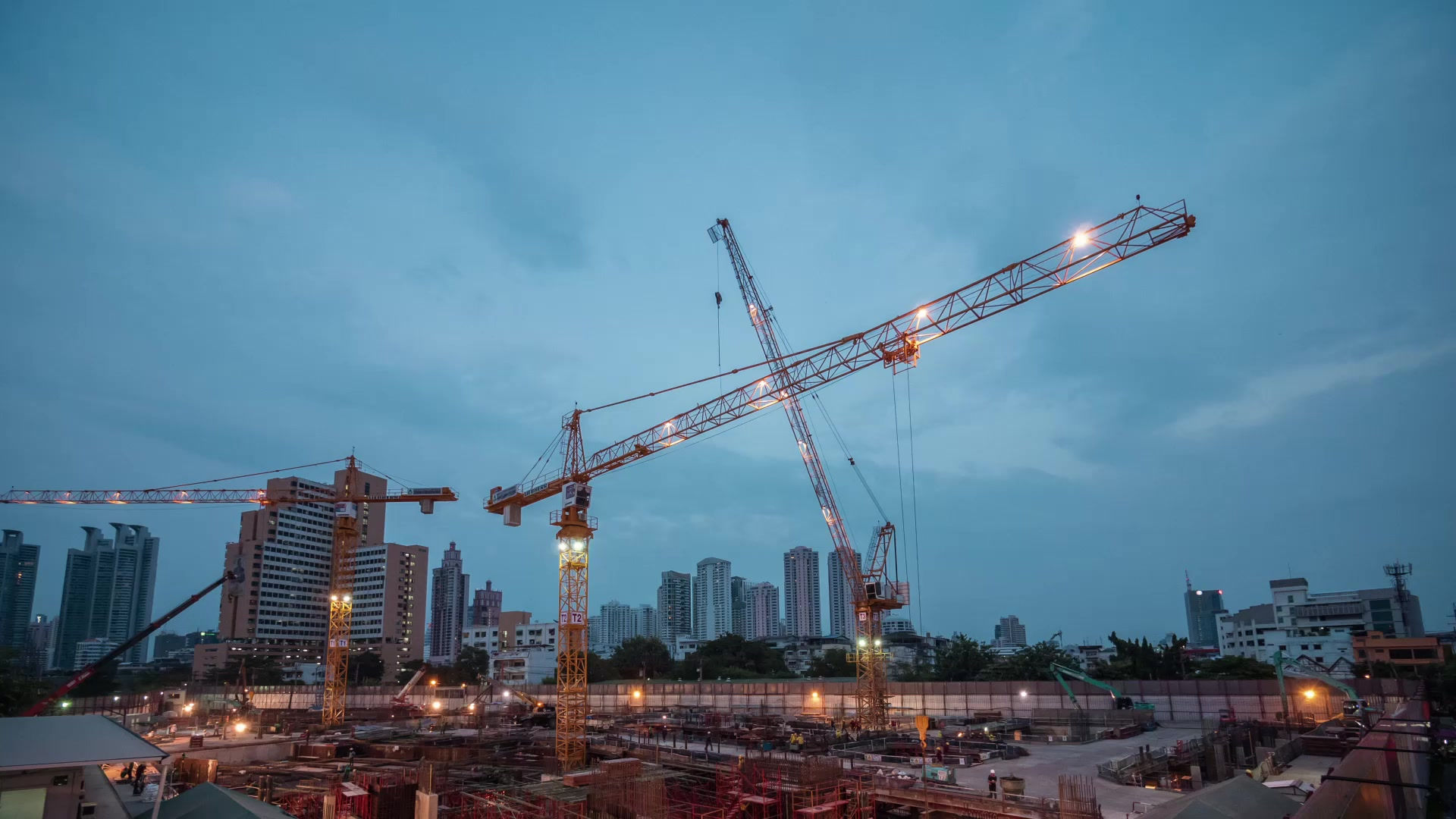The Role of Structural Engineering in Urban Development
- Stephen Huong

- Jun 2
- 3 min read
Structural engineering plays a crucial role in shaping urban landscapes and ensuring the safety and durability of cities as they grow. As urbanization accelerates, the need for innovative structural solutions becomes more pronounced. This blog post will delve into how structural engineering contributes to urban development, focusing on its impact on safety, sustainability, and economic growth.
Understanding Structural Engineering
Structural engineering is a specialization within civil engineering that focuses on the design, analysis, and construction of structures that support or resist loads. It involves the application of physics, mathematics, and materials science to create buildings, bridges, dams, and other infrastructures that can withstand various forces.
Structural engineers are tasked with ensuring that these structures not only serve their intended purpose but also maintain safety standards. From the initial design phase to construction oversight, structural engineers take a comprehensive approach to anticipate challenges and implement solutions.

This foundational role becomes even more significant as cities expand, with urban populations growth necessitating innovative design strategies that accommodate increased usage without compromising safety.
The Safety Priority in Urban Projects
Safety is paramount in urban development. Structural failures can have catastrophic consequences, affecting numerous lives and leading to substantial financial loss. For example, the collapse of the Tacoma Narrows Bridge in 1940 is a historically significant lesson in the importance of structural design.
To mitigate risks, structural engineers conduct rigorous assessments using advanced technology. For instance, computer modeling allows engineers to simulate various load scenarios, ensuring that structures can withstand earthquakes, hurricanes, and heavy traffic without failing. A study by the Federal Highway Administration found that proper structural evaluation and analysis could prevent approximately 50% of bridge collapse incidents.
Through diligent planning and adherence to building codes, structural engineers in urban development safeguard the community, providing them with safe environments for living, working, and playing.
Sustainable Solutions for Urban Development
Sustainability is a growing focus in structural engineering as urban areas face challenges linked to climate change. As cities expand, the ecological footprint of construction practices must be minimized. Structural engineers are increasingly integrating sustainable materials and practices into their designs.
Innovative techniques such as using recycled materials or incorporating renewable resources like solar panels into structural designs have emerged. For instance, the Bullitt Center in Seattle, hailed as one of the greenest commercial buildings, showcases how structural engineering can align with sustainability goals. This building makes use of locally sourced materials, extensive green roofs, and energy-efficient technologies to minimize environmental impact.

Statistics show that buildings contribute to approximately 39% of greenhouse gas emissions. By embracing sustainable engineering practices, there is potential for structural engineers to significantly reduce this figure, demonstrating their vital role in creating eco-friendly urban environments.
Economic Impact of Structural Engineering
Investment in structural engineering has a direct correlation with economic growth. The construction of new infrastructure creates jobs, stimulates local economies, and enhances property values. For instance, a report from the National Association of Home Builders estimates that every $1 million spent on construction generates roughly 17 jobs in various related sectors.
Moreover, efficient transportation systems, created through meticulous structural engineering, lead to reduced congestion and improved accessibility. This, in turn, attracts businesses and promotes tourism, contributing positively to an urban area's economic dynamics.
Cities like Singapore, with reputable firms such as cvc engineers pte. ltd., have embraced structured engineering designs that have revitalized entire neighborhoods. Upgraded infrastructure has not only supported economic investments but also improved the quality of life for residents.

The Future of Structural Engineering in Urban Development
The future of structural engineering in urban development is poised for exciting advancements. Emerging technologies, such as artificial intelligence and 3D printing, are revolutionizing the design and construction processes. By leveraging AI, engineers can optimize designs in real-time, predicting potential issues before construction begins. Additionally, 3D printing may lead to cost-effective building processes, reducing waste and time.
Moreover, as cities continue to grow, the need for vertical construction is becoming more pronounced. Skyscrapers and high-rise buildings will dominate skylines. Structural engineers must innovate to create safe, efficient, and environmentally friendly structures that can accommodate increasing urban density without compromising quality of life.
In conclusion, the role of structural engineering in urban development cannot be overstated. From enhancing safety and promoting sustainability to driving economic growth, structural engineers are at the forefront of creating resilient urban habitats. As technology advances and urbanization continues, the importance of innovative structural solutions will only amplify, ensuring that cities remain livable and sustainable for future generations.




Comments